There are more than 3,000 breweries in the USA and although the majority of beer drunk by Americans is produced by large-scale manufacturers, the craft brewing industry is booming. Beer is the alcoholic beverage of choice for most Americans, outstripping the sale of wine and spirits, and brewers are producing a greater range of styles than ever before. Beer is big business in America, and although once derided for producing only pale lager, America is now a brewing powerhouse capable of capturing a sizeable share of the global beer market.
The history of American beer
Prior to the arrival of European settlers, Native Americans has already developed a taste for beer and a range of brewing techniques that included ingredients such as maize (corn) and birch sap. It wasn’t long after arrival that British settlers began to brew their own beer at home, and the rapid expansion of colonists around New York resulted in the first commercial brewery in America established in 1612 in the area now known as Manhattan.
The formative years
The huge North American continent took several centuries to unify, as diverse ethnic provinces developed their own traditions, although British-style ales dominated American brewing in the formative years. A change began sweeping the nation by the mid 19th century when the lager style popular with German immigrants was found easier to manufacture and ship due to greater longevity, with less tendency to spoil or go sour. Brewing in America reached its initial pinnacle by 1873, when more than 4,100 breweries were in operation across the continent.
Anheuser-Busch introduced Budweiser beer in 1876, and in true American spirit expedited the innovation of refrigerated rail cars, resulting in Budweiser becoming the first national beer brand and ultimately the largest beer brand in the world. By the end of the 19th century the fierce competition between brewers led to consolidation and the establishment of larger companies focussing on their own distinct style. However, in an unexpected turn of events, the influence of the temperance movement and then prohibition in 1919 ground the entire industry to a halt.

Prohibition and beyond
Prohibition meant that the manufacture and sale of all alcoholic beverages was illegal, with harsh punishments imposed on law-breakers. Underground brewing of potent distilled beverages such as rum became the small-scale alternative to bulky beer production, while commercial breweries found it almost impossible to stay in business. Many turned to production of colas, root beers, malt syrup, near beer (less than 0.5% abv) and other products derived from grain products.
Some 15 years later, prohibition was repealed, although strong governance ensured the production and distribution of alcoholic beverages was heavily regulated. The small number of surviving breweries had captured market domination by World War 2, and for almost half a century American beer was almost exclusively pilsner style as produced by Anheuser-Busch and Coors Brewing Company. Large-scale production using low-cost ingredients contributed to an international stereotype of American beer as being of poor quality and flavour.
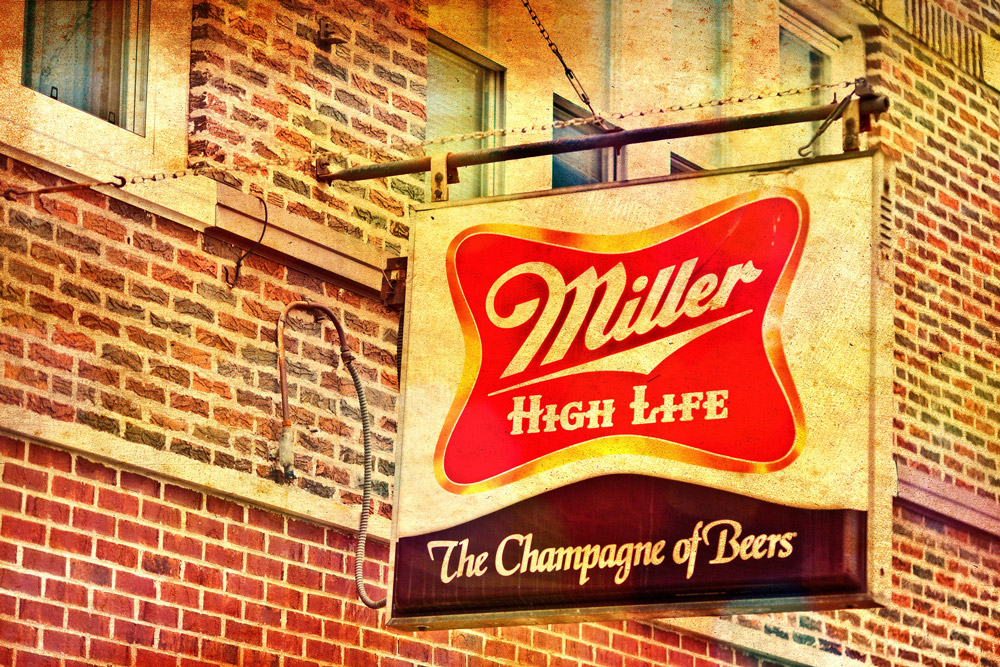
The emergence new beers
By the early 1980s, American brewing was in a sorry state. Only 80 breweries remained in operation, and half of them were large conglomerates producing similar styled beer. However, greater exposure to international tastes preceded the dawning of the craft brewing industry that was gathering momentum by the end of the 20th century. Within a few short decades, craft brewing had become a major player in the American market. Although the vast majority of beer drunk by Americans is still produced by the major breweries, the styles and tastes available are now on a par with just about anywhere in the world. America is now home to more breweries than at any time since the 1870s, with greater diversity than ever before.

American beer styles and brands
Pale lagers, although still sometimes disparaged, remain the beer of choice for most Americans. The light refreshing flavour and moderate alcohol content of many American lagers is in sync with the social and celebratory drinking culture found in the USA. There is much more, however, to the American psyche, and the resultant range of tastes and styles is typical of the creative entrepreneurial spirit of tradition-makers and innovators across the nation.
American lager: These extremely popular beers have remained relatively faithful to their Germanic heritage, although they utilise less hops and often contain corn or rice along with the barley. Mega-brands that include Budweiser, Miller and Coors have cornered a market share that shows no sign of diminishing. American lager is light-bodied and not very bitter, with a golden-yellow colour emblematic of the style.
Blonde and pale wheat beers: This style of beer has found a popular market share for people who want something a little more flavoursome than American lagers but not as strong tasting as some of the complex and heavy options. As the name implies, they are pale in colour with a bready maltiness courtesy of the wheat. They have a slight bitterness that adds an extra dimension to the taste. Samuel Adams and Goose Island are classic examples.
India Pale Ale (IPA): The original recipe, high in alcohol and hops, was formulated to last during the long sea journey from the UK to India in the 19th century. Americans have since developed the style to their own taste, and IPA is now extremely popular at home and abroad as an alternative to the subdued taste of other ales. The flavour comes courtesy of the American hops that deliver a lip-smacking bitter finish, complimented by around 6.0-8% abv making India Pale Ale a fairly strong beer. Double and triple IPA varieties are even stronger, and IPA has become a signature brand produced by many breweries including Russian River, Feral Brewing, Riverside Brewing and Wayward Charmer.
Steam Beer: Although not a huge player in the American market, steam beer has enjoyed a resurgence since the 1980s as part of the craft beer revolution. Steam beer originated in California, where the beer was fermented on cool San Francisco rooftops at night in lieu of ice. The downside came with modern refrigeration techniques, primarily due to the fact that steam beer didn’t taste much like the more favoured lagers. The Anchor brand is relatively popular today, producing a lightly malted beer with a fruity hint courtesy of a warmer fermentation temperature. The deep amber colour and thick creamy head are also signature characteristics of steam beer.
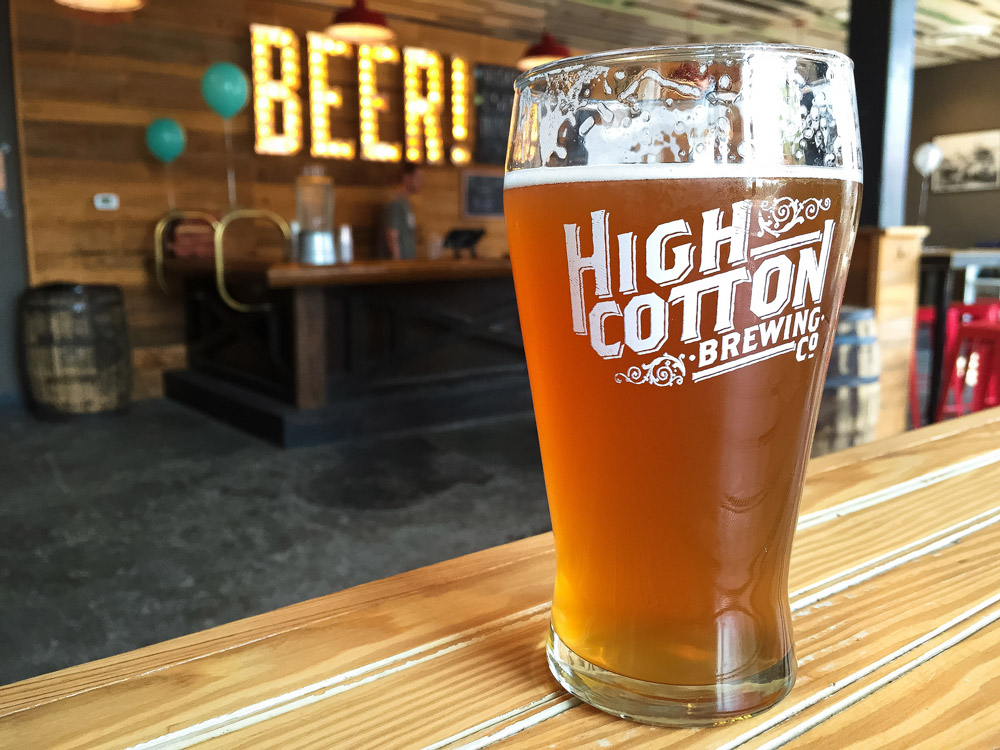
American brown ale: Derived for the traditions of English brown ales, the American version is hoppier and is usually a stronger flavour due to using darker roasted grains. The focus on malt results in a rich, caramelly taste, and the abv ranges broadly from around 4.0-8% depending on the manufacturer. American brown ale ranges from golden to deep amber in colour and has a medium body with a smooth tasting finish that lacks astringency sometimes associated with high hopping rates.
Barleywine: This is another beer variety with origins in England. Barleywine is strongly flavoured, complex, and quite hoppy. The citrus/pine taste of American hops shines through in tandem with the malted and fruity hint that adds another dimension to the palate. Barleywine is an extremely strong beer with an abv range between 8.0-15%, and the alcohol will definitely be perceived. It can be an intense experience for first-timers, but the enduring popularity of barleywine is the result of distinctive flavours in a beer that is typically aged like wine.
Barrel-aged beers: The American infatuation with barrel-aged beers is in part due to the popularity of bourbon in the USA. Strict laws determine that bourbon must be aged in new barrels, therefore bourbon distillers can only use each barrel once. Recycling of the barrels meant that some were shipped overseas for ageing whisky, while others are used for coffee and tobacco storage. Another obvious use for the barrels is the storing and ageing of beer. The resulting beer is infused with a subtle nuance of the bourbon plus that of the oak barrel itself. Alternative barrel-aged beers utilise the recycled barrels used in making whisky, tequila and wine.

American craft beers
The American craft beer revolution has gained a significant foothold during the past few decades. Although considered a niche market comprising under 15% of national production, around 99% of the 3,000+ breweries in America are small, independent craft breweries. On average, there are one or two new craft breweries opening every day, producing new beer varieties and endeavouring to corner their share of the market.
Naturally, the concept of craft breweries means that some manufacturers will come and go, but the focus is generally on high-quality and unique beers that cater to satisfying local populations around the country. The popularity of craft beers has not gone unnoticed by the big beer companies, with some buying out small craft breweries and incorporating them into their own portfolio. Other large producers have started manufacturing their own individual craft beers in order to keep up with the trend. However, many craft beer connoisseurs remain faithful to the smaller players in keeping with the ideals of the craft beer movement.
Craft beer brewers are also favoured by the three-tier beer taxation system in the USA, where excise tax, sales tax and a tax on distribution are legislated in ways that ensure large breweries cannot control all distribution or block the market.
American beer has had a long, proud, and sometimes rocky history, and the changing landscape of manufacture, style and taste indicates that the traditions of innovation and improvement in the American beer experience will continue long into the future.
Photo credits: Jarod Carruthers, Thomas Hawk, edwin, Sean Davis, smysnbrg
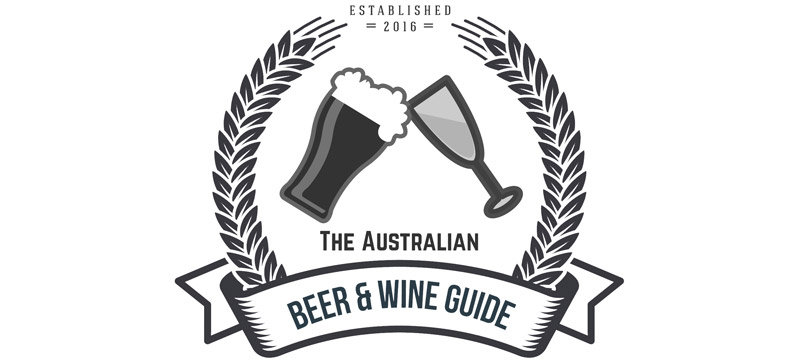
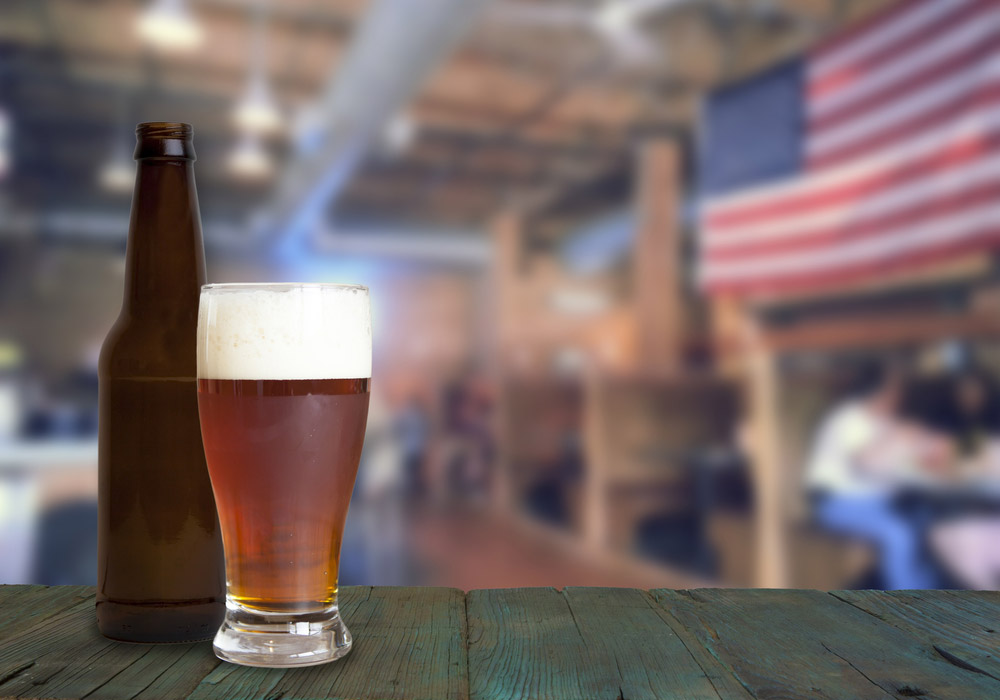


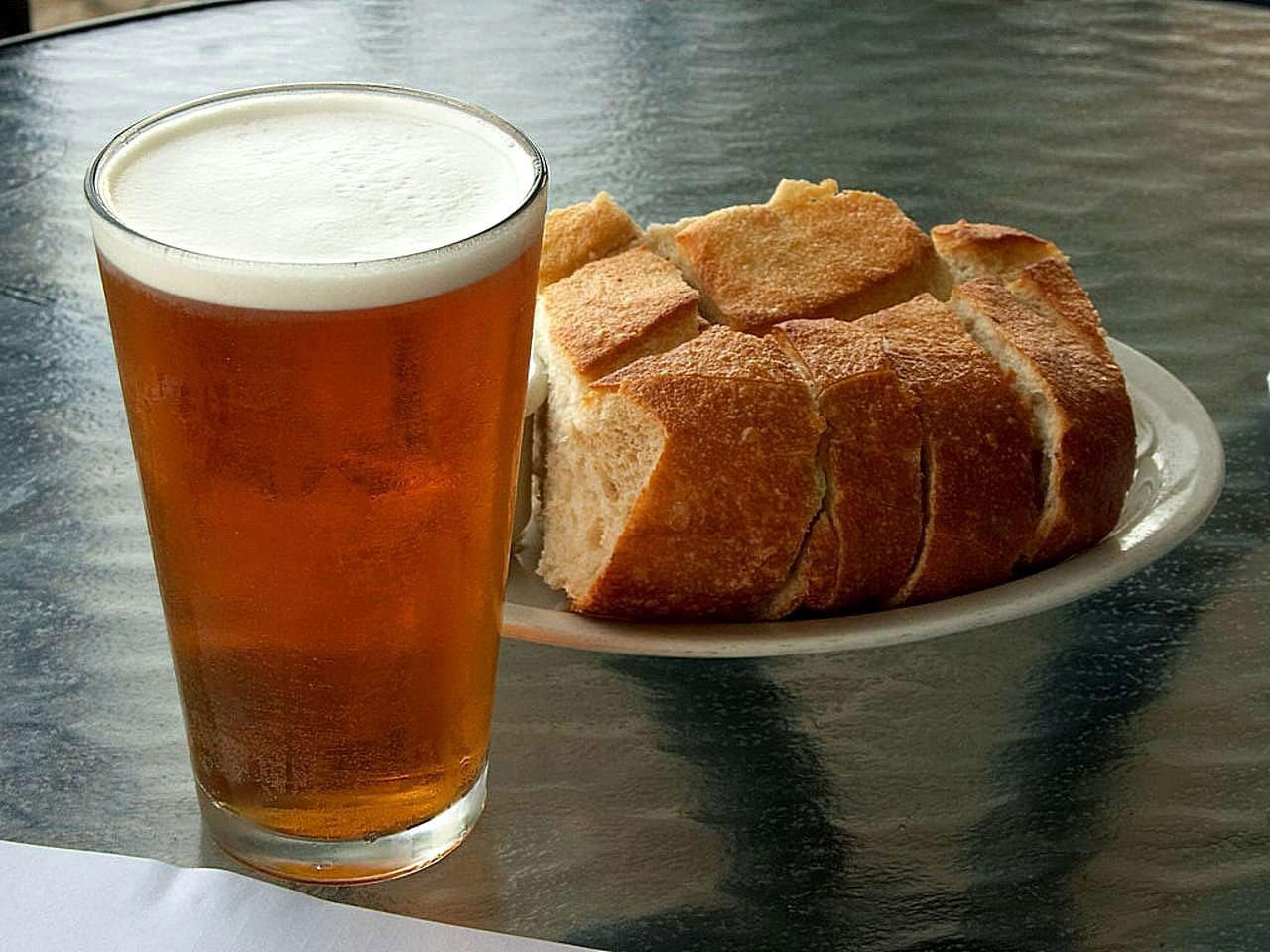
No Comments